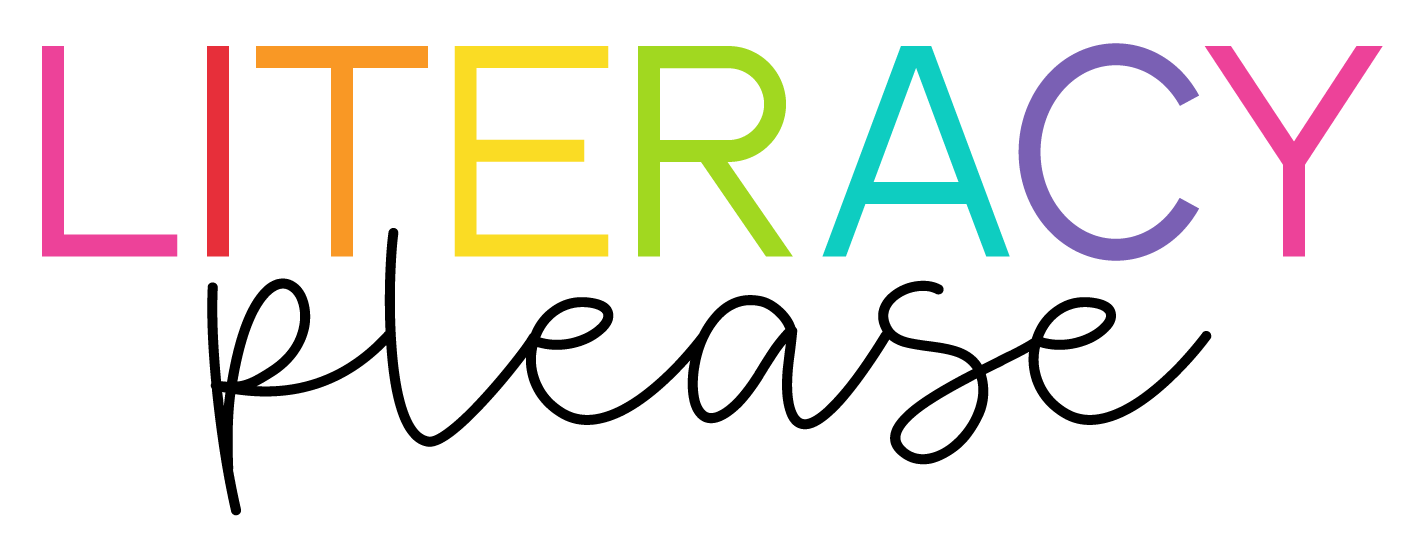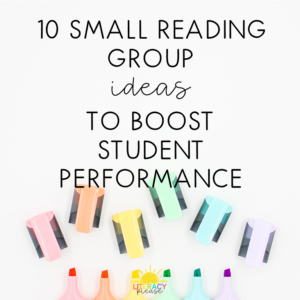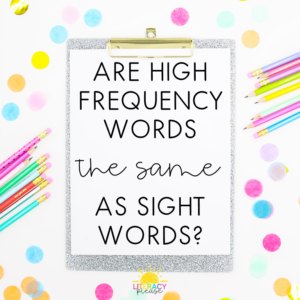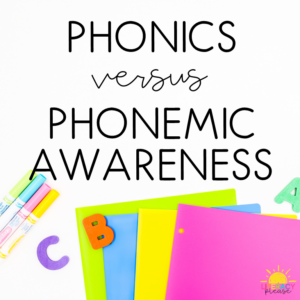When I first learned of reciprocal teaching, that was the last.
Why? It just seemed too complicated.
That was before I looked into it again and realized it didn’t have to be too complicated. Not only is it not too complicated, it can be made E-A-S-Y.
I spent the last school year simplifying reciprocal teaching for teachers, but challenging students. Challenging students to collaborate with others. Challenging students to think about their reading using reading strategies.

According to Reading Rockets, reciprocal teaching is an “instructional strategy in which students become the teacher in small group reading sessions.”
Most reciprocal teaching models include summarizing, clarifying, questioning, and predicting. The reciprocal teaching I am most familiar with includes picture walks, predicting, setting the purpose, clarifying, questioning, visualizing, and retelling/summarizing.
Picture walks and visual literacy includes having students look closely at illustrations and understand that illustrations give us clues. You can begin with showing your students a wordless movie and have them discuss what is going on based on the illustrations. The following is a great video to practice.
Good readers make predictions. They make predictions before they begin reading and as they continue to read. The second step of reciprocal teaching in making predictions. Pretty simple, right? So far so good.
Setting the purpose is to state why a person is going to read a certain story. For example, I am going to read the story to find out where the wild things live. This, like the other reading strategies used in reciprocal teaching, just takes practice. But it can be done. And it’s another strategies good readers use.
Monitoring and clarifying is a pretty important skill. Reminding our students that we need to pay attention is a skill they must be taught. I love this short video which show students how to do this.
Good readers ask themselves questions as they read. Therefore, students must be explicitly taught this strategy.
Visualization is a strategy that comes naturally to some. It comes naturally while one is reading or completing math problems. For others, visualization does not come as easy. A great way to practice this strategy is to have students draw pictures while the teacher is reading chapter books.
The final step of reciprocal teaching is retelling or summarizing. Retelling requires students to tell about the characters, setting, beginning, middle, end, problem, and solution. In other words, it is LONG. Summarizing is quick. Students in the lower grades might be more comfortable retelling. Eventually, students will be ready to summarize stories.
Do you have to invest time in teaching these strategies? Yes.
Can it be made easy? Yes.
The lessons I wrote for Reciprocal Teaching for Beginning Readers were written to be practiced during read alouds. If you love read alouds like I do, you can easily begin reciprocal teaching in your classroom. Once students have mastered the strategies, you can begin having students working collaboratively using these strategies.
Thanks for stopping by!




